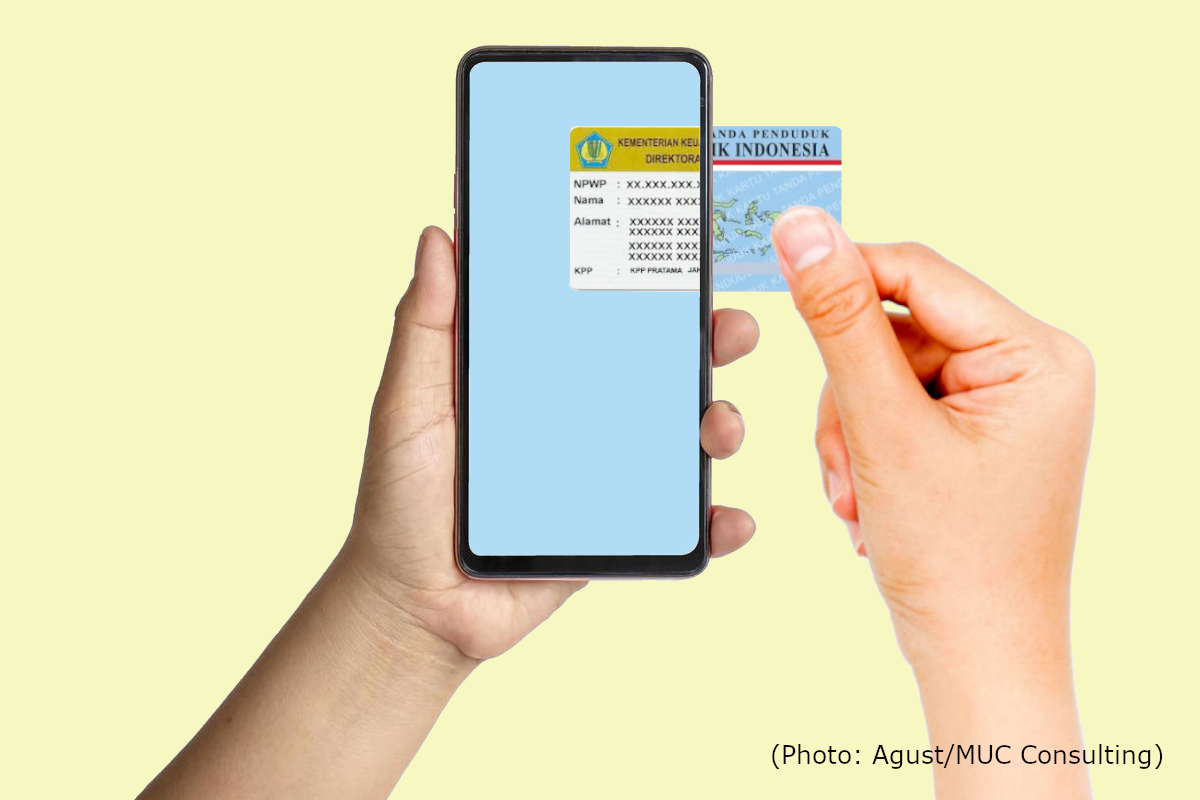Additional 20% Tax Not Applicable if NIK-NPWP Merged

The Directorate General of Taxes (DGT) affirms the provision on the use of the Taxpayer Identification Number (NPWP) that will take effect from the January 2024 tax period. Especially, regarding the treatment of taxpayers who have activated the Population Identification Number (NIK) as a TIN.
According to the DGT, income recipients with NIKs that have been matched will not be subject to an additional tax rate of 20% of the income tax rate that should be imposed as stipulated in Article 21 paragraph (5a), Article 22 paragraph (3), and Article 23 paragraph (1a) of the Income Tax Law.
Meanwhile, for taxpayers receiving income who have not matched the NIK-NPWP, the matching can be done in an official capacity by the DGT. This certainty was conveyed by the DGT through Announcement Number PENG-6/PJ.09/2024 released on 13 February 2024.
This affirmation was made concerning the issuance of Minister of Finance Regulation (PMK) Number 136 Year 2023 which stipulates that the use of NIK as NPWP and the use of 16-digit NPWP in general will only take effect on 1 July 2024.
Read: Format Changed, Single Identity Number and Official Business Number Replace The Tax ID Number
In general, in the announcement, DGT also confirmed that the use of 15-digit NPWP or the old version of NPWP can still be used in managing tax administration starting from the January 2024 tax period. This provision applies to individual taxpayers who are residents, non-residents, corporate taxpayers, and government agency taxpayers.
Some tax administrations that can use the 15-digit NPWP include:
- Making income tax withholding slip through the application of e-Bupot Income Tax Article 21 and/or Article 26, e-Bupot Unification, and e-Bupot Unification of Government Agencies as well as Preparation of Tax Invoice through the e-Faktur application;
- Generation of billing codes and tax deposits/payments;
- Tax return reporting; and/or
- Automatic reporting of financial information in 2023 for corporate taxpayers of reporting financial institutions (Domestic Exchange of Information/AEoI).
Regarding the making of tax invoices, if the identity provided by the buyer of Taxable Goods (BKP) or the recipient of Taxable Services (JKP) is NIK, then the NPWP column on the tax invoice is filled in with 00.000.000.0-000.000. Then, in the NIK column, the BKP buyer/JKP recipient is filled in with NIK.
DGT also explains the inclusion of the identity of the account holder or entity controller for domestic AEoI implementation. First, in the case of resident individual taxpayers using NIK, the data element NPWPPegangRek or NPWPTIN_CP is filled in with 00,000,000,0-000,000. Then, the NIKRekHolder or NIK_CP data element is filled in with NIK.
Second, in the case of non-resident individual taxpayers who have become domestic tax subjects, the NPWPPemegangRek or NPWPTIN_CP data element is filled in with a 15-digit NPWP and the NIKPemegangRek or NIK_CP data element is filled in with 0000000000000000. Finally, for corporate taxpayers using a 15-digit NPWP. (ASP/KEN)


